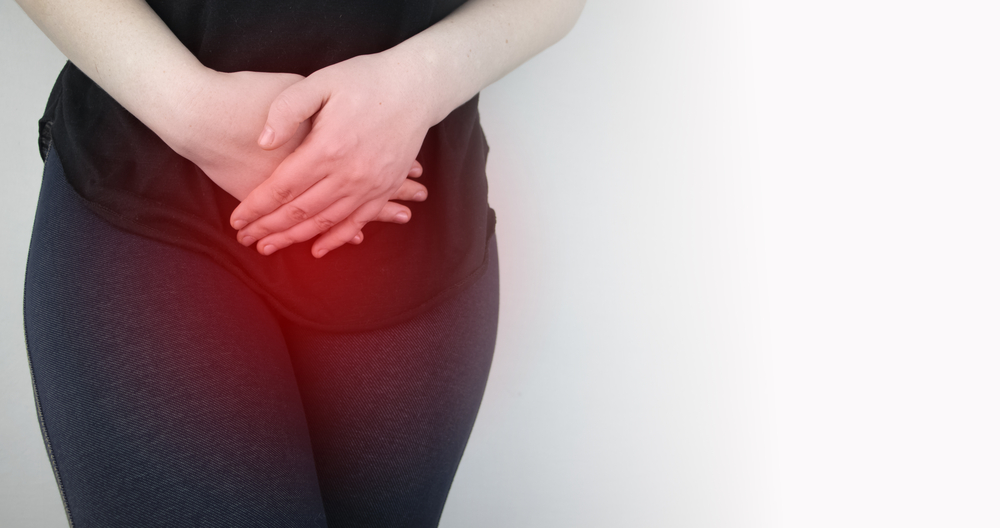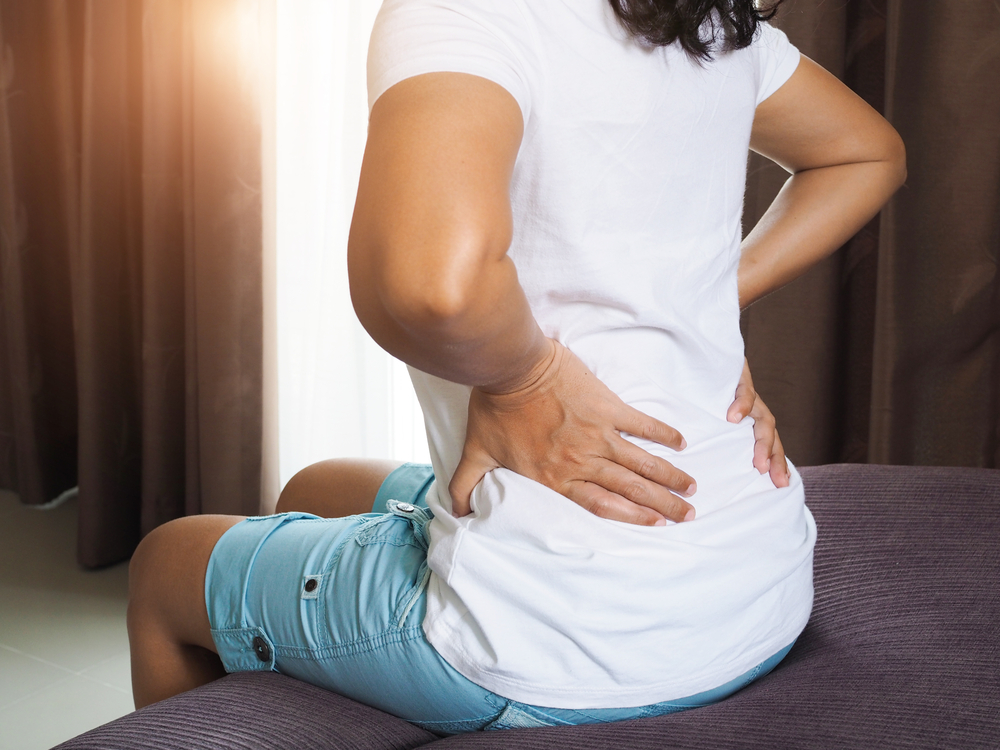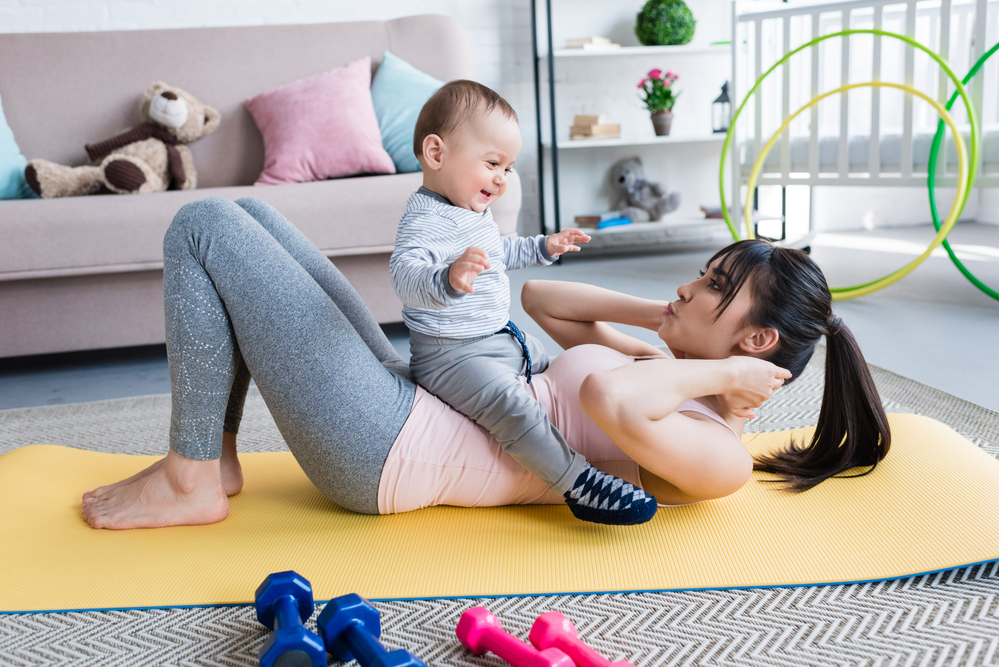 ● 30 minutes
● 30 minutesLeakage of urine
Physiotherapy can be highly effective in managing and treating urinary incontinence. The approach typically involves exercises and techniques aimed at strengthening the pelvic floor muscles, improving bladder control, and addressing any contributing factors.
In Ayursh we have designed treatment programs that will improve your pelvic floor muscle strength and help you to gain control over the condition. And it also helps you in reducing the need for medicines and surgery
There are several reasons why you may leak urine despite your control. It may be because of your weak bladder muscles, overactive bladder muscles, damaged bladder nerves or typically due to diseases such as diabetes, arthritis or Pelvic organ prolapse, etc.
Our Ayursh movement experts will assess you to find the root cause and will help you improving quality of life through hands-on care, patient education, life style modification and prescribed movement
1. Pelvic Floor Muscle Exercises (PFME). Purpose: Strengthen the pelvic floor muscles to improve bladder control and reduce urinary leakage. Techniques: Kegel Exercises: Procedure: Contract and hold the pelvic floor muscles (as if trying to stop the flow of urine) for 3-5 seconds, then relax for an equal amount of time. Gradually increase the hold time and repetitions. Frequency: Typically performed 3 times a day. Quick Contractions (Rapid Fire): Procedure: Perform quick, strong contractions of the pelvic floor muscles to enhance muscle responsiveness. Frequency: Can be done several times a day. Benefits: Improves muscle strength, endurance, and control over urinary leakage.
2. Bladder Training. Purpose: Improve bladder control by gradually increasing the time between bathroom visits and managing urgency. Techniques: Scheduled Voiding: Procedure: Establish a regular schedule for urination, even if the urge is not strong. Gradually increase the interval between visits. Urgency Control Techniques: Procedure: Practice techniques to manage sudden urges, such as distraction, relaxation, or pelvic floor muscle contractions. Benefits: Reduces frequency and urgency, enhances bladder control, and improves overall bladder habits.
3. Electrical Stimulation. Purpose: Strengthen pelvic floor muscles and reduce symptoms of urinary incontinence. Techniques: Functional Electrical Stimulation (FES): Procedure: Electrodes are placed on the skin or inside the body to deliver electrical impulses that stimulate pelvic floor muscles, helping to improve muscle strength and coordination. Benefits: Increases muscle strength and function, which can reduce urinary leakage.
4. Lifestyle and Behavioral Modifications. Purpose: Address contributing factors to urinary incontinence through lifestyle changes. Techniques: Dietary Adjustments: Procedure: Modify diet to reduce bladder irritants such as caffeine, alcohol, and spicy foods. Increase fiber intake to prevent constipation. Fluid Management: Procedure: Adjust fluid intake patterns to balance hydration while avoiding excessive consumption that can lead to urgency and frequency. Benefits: Reduces bladder irritants, supports healthy bladder function, and improves overall symptoms.
5. Postural and Functional Training. Purpose: Improve overall body mechanics and support pelvic health. Techniques: Postural Training: Procedure: Educate on proper posture and body alignment to reduce strain on the pelvic floor muscles. Functional Training: Procedure: Incorporate pelvic floor exercises into daily activities, such as lifting, bending, and squatting, to improve real-life application. Benefits: Enhances overall body mechanics, reduces strain, and supports pelvic floor function during daily activities.
6. Pelvic Floor Relaxation Techniques. Purpose: Help manage muscle tension and reduce symptoms of urgency and pain. Techniques: Deep Breathing Exercises: Procedure: Practice slow, deep breathing to relax the pelvic floor muscles and reduce tension. Progressive Muscle Relaxation: Procedure: Involves tensing and then relaxing different muscle groups to promote overall relaxation. Benefits: Reduces muscle tension, alleviates urgency, and improves comfort.




